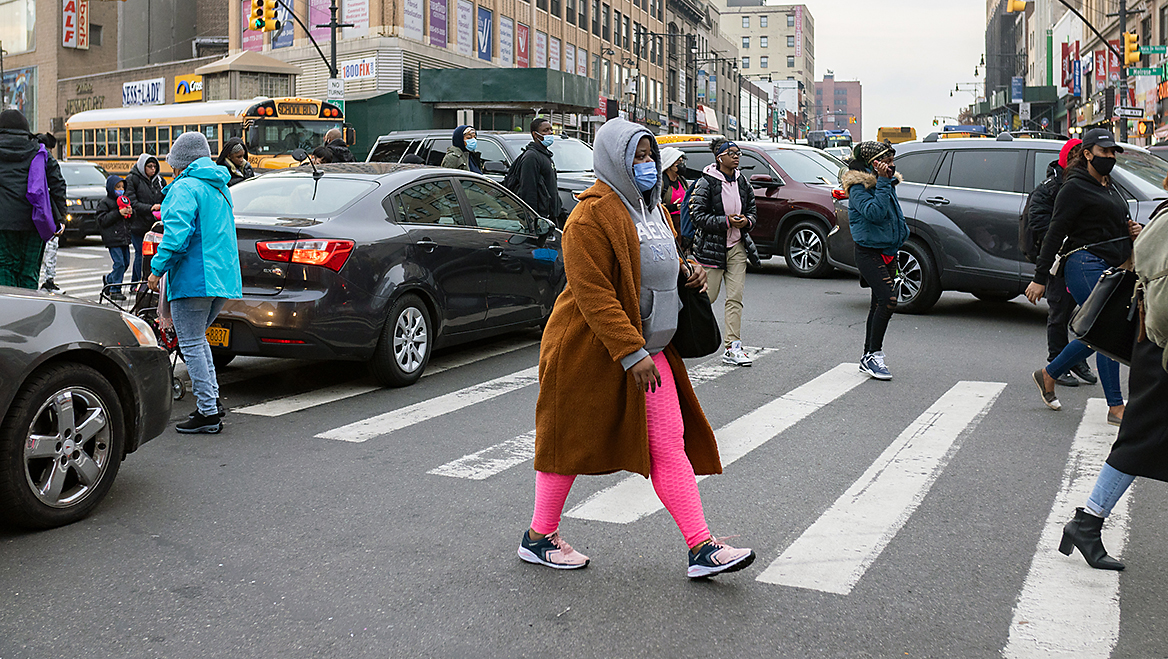May 11, 2023
For nearly five decades, drivers in the United States have taken for granted a privilege unknown in much of the rest of the world: Arrive at a red light, stop, and if the intersection is clear, turn right.
But as states have seen traffic fatalities and pedestrian deaths climb in recent years, many jurisdictions are reconsidering right turns on red. Now, safety advocates are urging state and municipal transportation planners to reconsider a custom so deeply ingrained that few drivers remember a time when it wasn't allowed.
"It's an easy change to make that should be made in more places," said Mike McGinn, a former Seattle mayor and executive director of America Walks, an advocacy organization for walkable communities.
Washington, D.C., will end most right-on-red turns by 2025. Already, the state of Hawaii has prohibited them on a tourist-dense stretch of road in Honolulu. Near the University of Michigan in Ann Arbor, the city last fall banned right turns at 50 signalized intersections in its downtown core.
And Washington state this year considered but ultimately never held a vote on a bill that would have banned right turns on red near schools, day care centers, parks and other zones with heavy foot traffic — or where older adults, children and people with disabilities are likely to need more time to cross streets safely.
The practice is such a habit for most drivers that they don’t even stop or look to the right as they approach signaled intersections, McGinn said. Pedestrians face particular risk at intersections where drivers creep into the crosswalk.
Yet barriers remain. It's difficult to change driving habits, the restrictions may not be helpful in rural areas or at some quieter intersections, new signage is expensive, and slowing traffic could increase emissions, fuel consumption and travel time for drivers.

To keep pedestrians safe, one city in Washington state is using traffic cameras in congested intersections to ticket cars that "block the box" and pedestrians who walk against traffic signals. Photo by Yuvraj Khanna/The New York Times.
An analysis released last month by the Governors Highway Safety Association found that deaths of people killed by cars while walking rose an estimated 18 percent between 2019 and 2022. An estimated 7,485 pedestrians were struck and killed by drivers in 2021. It was the largest number in four decades, according to the association. Only 10 states had fewer pedestrian deaths than the previous year.
Deaths spiked for several reasons. Drivers were more likely to drive impaired or distracted, according to the association. During the early days of the coronavirus pandemic, drivers sped up with fewer cars on the road, but they never slowed down, a study by the Insurance Institute for Highway Safety found.
Safety studies remain limited because traffic experts have little data to analyze. But the studies that are emerging are beginning to show that limiting the practice can reduce crashes and close calls, and that drivers accommodate to the prohibition.
In Washington state, the ban on right turns was among a package of safety bills under consideration this year to address the rise in traffic fatalities. Even when a collision doesn't kill pedestrians, the trauma of injury can linger, Vicky Clarke of Washington Bikes, told lawmakers at a hearing of the House Transportation Committee. "Almost every crash, even if not life-threatening, is life-changing," Clarke said.
The proposed legislation drew skepticism from lawmakers who represent less congested or rural areas, and who questioned the value of blanket rules. The bill is unlikely to get a floor vote this legislative session. Nonetheless, cities within Washington can still change individual intersections. In Seattle, the city's Department of Transportation last year began activating traffic enforcement cameras at eight congested locations. The cameras automatically send tickets to drivers who "block the box" by impeding cross traffic and pedestrians by stopping in crosswalks and intersections where the light is not in their favor.




